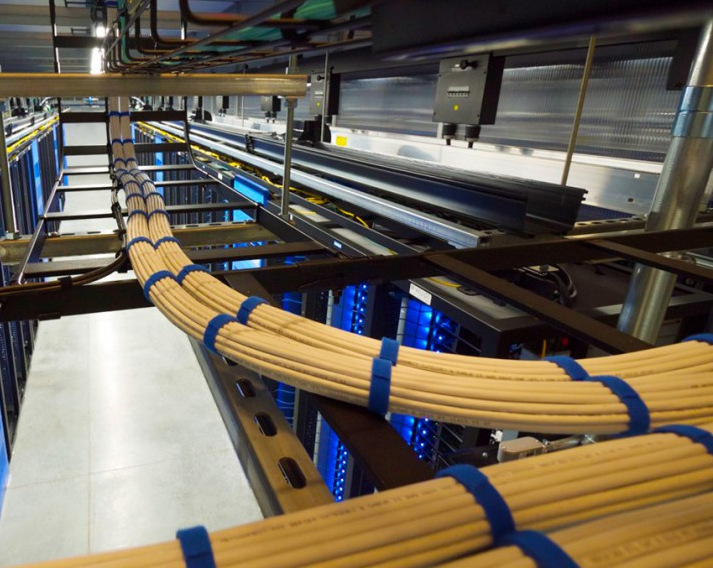Don’t Crash That Datacenter: Power Engineers Discuss Problems And Solutions For Efficient Power Systems
You want an efficient power system for your datacenter. You may be designing a new one, retrofitting or expanding an existing datacenter, or converting another type of building into a datacenter. Each approach has different issues and technologies to consider, from testing new equipment without shutting down the rest of the datacenter to planning space for the Uninterruptible Power Supply, even to backing up UPS systems.
 Where to go for advice? How about some Power and Electrical Engineers with experience with datacenters? Consulting – Specifying Engineer magazine asked six such experts to share their experiences and solutions to problems they've experienced in the past and how they dealt with them.
Where to go for advice? How about some Power and Electrical Engineers with experience with datacenters? Consulting – Specifying Engineer magazine asked six such experts to share their experiences and solutions to problems they've experienced in the past and how they dealt with them.
The cast:
Cyrus Gerami, PE, LEED, CxA, Associate, Senior Project Engineer/Manager, exp Global Inc., Maitland, Fla.
Kerr Jonstone, IEng, MIET, Senior Electrical Engineer, CH2M Hill, Glasgow, Scotland
Keith Lane, PE, RCDD/NTS, LC, LEED AP, President, Lane Coburn & Assocs., Bothell, Wash.
James McEnteggart, PE, Vice President, Primary Integration Solutions Inc., Charlotte, N.C.
Robert M. Menuet, PE, Senior Principal, GHT Ltd., Arlington, Va.
Brian Rener, PE LEED AP, Electrical Platform Leader and Quality Assurance Manager, M+W Group, Chicago, IL.
A few of them shared recent challenges they faced. One was expanding a UPS system and enable them to be tested without putting the ongoing data center operations at risk (by configuring the system to operate independently from the existing UPS.) Another was finding adequate space for electrical equipment in the conversion of a catering facility into a datacenter (by compartmentalizing and developing an electrical system that can be packed close together.)
Another question was how to balance the need for reliable power with the desire for efficiency and sustainability.
Solutions:
- Use higher voltages, such as 400 Vac or 380 Vdc, to reduce energy loss without compromising reliability.
- Install a catcher system to “catch” the load of failed UPS modules—although there's also a risk of fault propagation to redundant power systems.
- One engineer found that a static flywheel UPS system with 15 seconds autonomy at full IT design load was sufficient since generators were back online withing 10 seconds.
The engineers also saw a range of requests for PUE: One gets requests from 1.3 to 1.5. Another has clients requesting less than 1.3 – sometimes much less – and a third said typical requests were 1.1 to 1.2. They also warned that PUEs this low are simply not possible for some datacenters.
The different techniques they use to get low PUE: air-side economization and evaporative cooling, water cooling, new UPS systems with “energy saver” mode, high-voltage power supply, hot and cold aisle containment, and pushing the thermal limits for operating inlet temperatures of data equipment. One engineer had a client that used a highly efficient, full online double-conversion UPS system with efficiencies as high as 97% over a broad range of loading percentages.
For backup systems, diesel generators are still common, but there is increasing interest in compressed air storage, fuel cells, microturbines, gas turbines, or cogeneration.
But in the end, says one, choices are influenced by clients’ preference, geographical location, product support, space availability, and cost of ownership.










